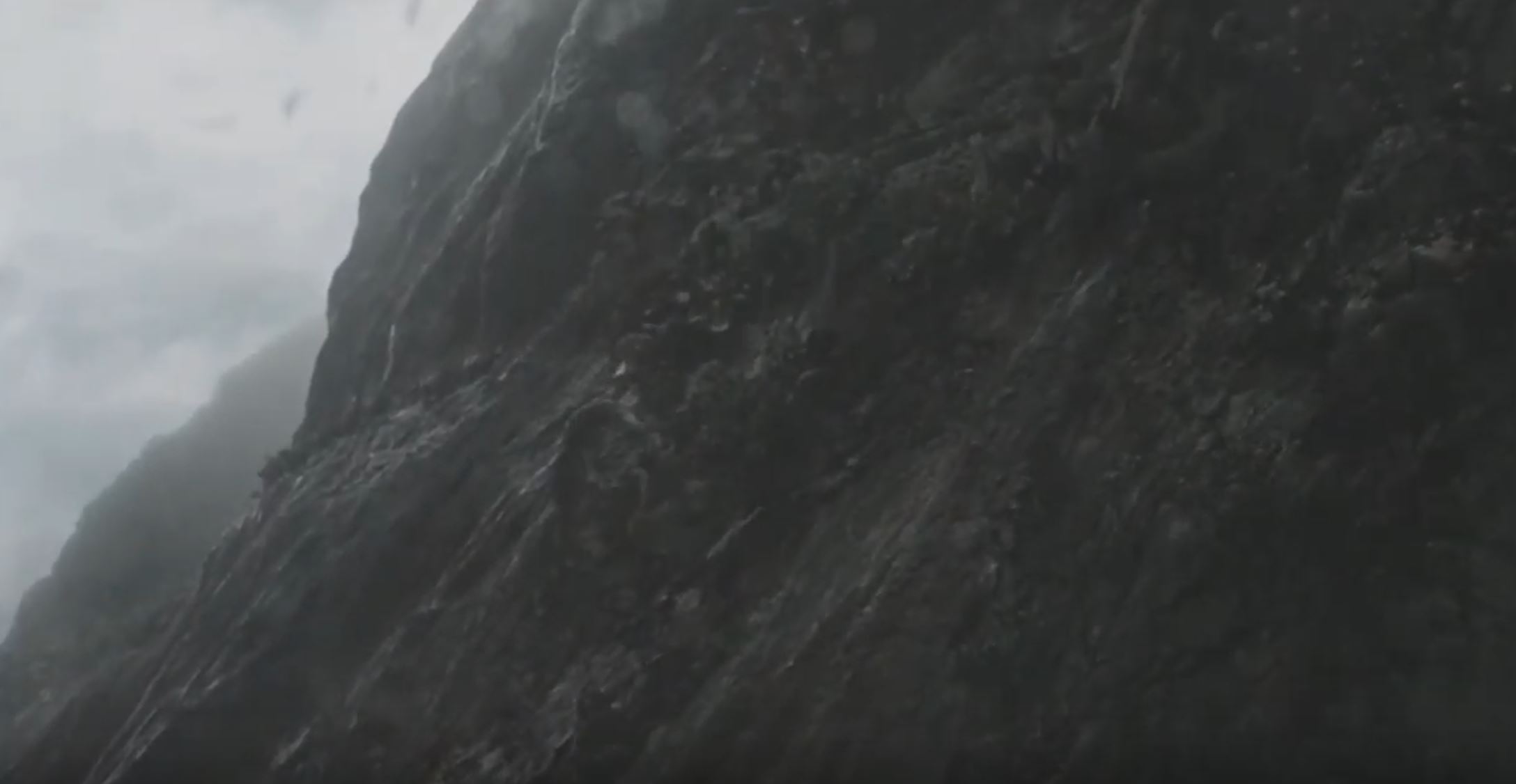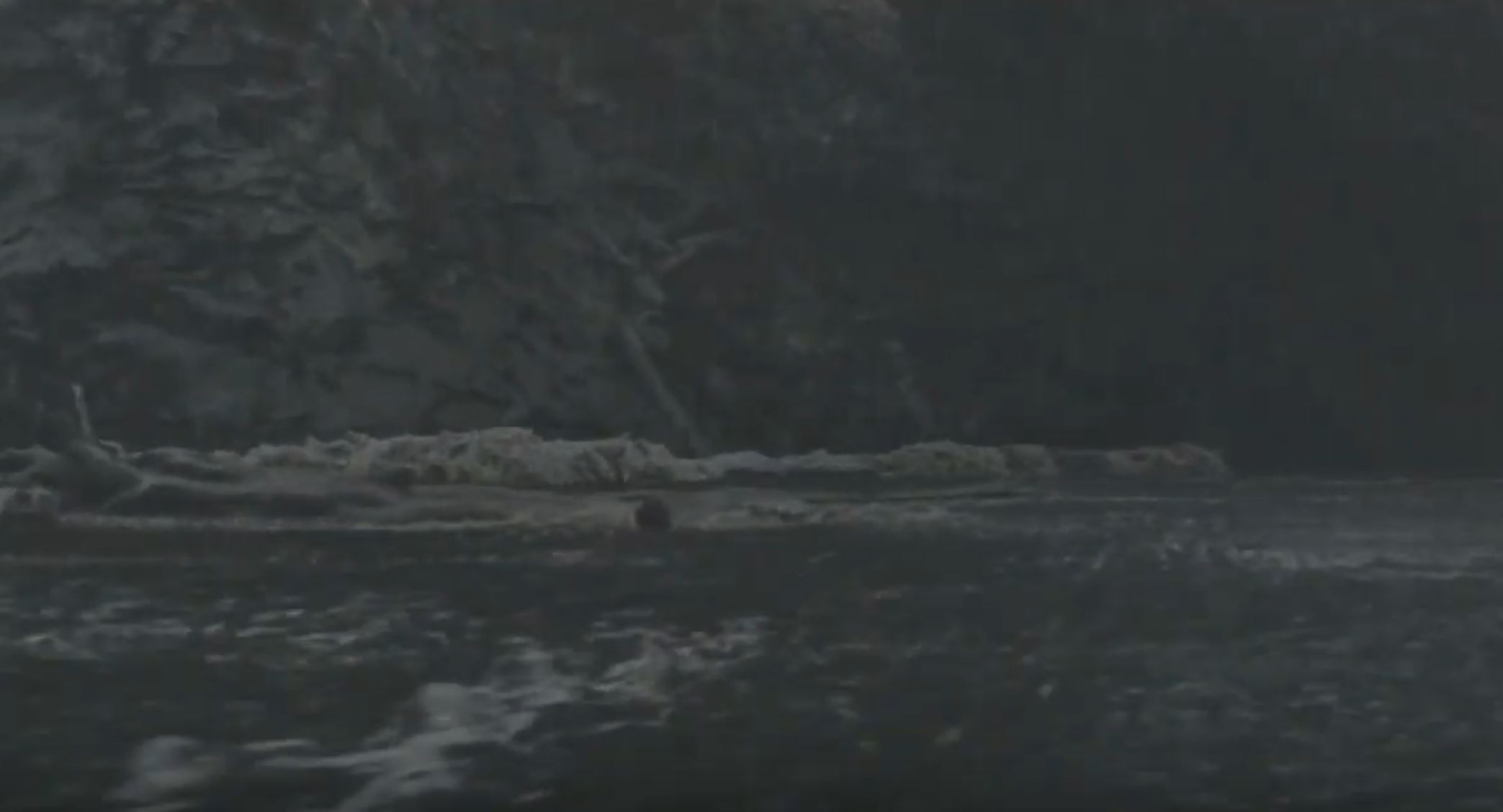7 April 2020
Landslides in Art Part 32: The Jungle Book
Posted by Dave Petley
Landslides in Art Part 32: The Jungle Book
This is the most recent update on my occasional (but long running) series of posts on the depiction of landslides in art. The previous edition featured the works of Leonardo da Vinci; this time, I’m covering something rather more contemporary. And thanks to my friend Sarah for highlighting this depiction of a landslide.
In the Walt Disney film The Jungle Book, released in 2016, Mowgli gets caught in a landslide during a heavy rainstorm. There’s a Youtube video of this portion of the film:-
.
In this section of the film, Mowgli is trekking through the storm on the back of a water buffalo. He becomes aware that the steep slope that they are traversing has become unstable, initially ahead of him and then directly above, and dives off the edge of the cliff into the water. The animation captures the initiation of the landslide and its development:-

The landslide scene from the 2016 Walt Disney film The Jungle Book. Still from a Youtube video.
.
It seems to me that the special effects people at Walt Disney Pictures probably spent some time watching the various Youtube videos of landslides as the animation of the landslide in The Jungle Book itself is pretty good. The failure starts high on the slope, and the animation captures both the accelerating and increasingly chaotic motion of the failure, and the ways in which destabilisation of one part of the slope can lead to instability developing elsewhere. The depiction of trees being toppled is also good.
When the landslide reaches the water the depiction even includes the generation of a small displacement wave:-

The development of the displacement wave at the end of the landslide scene from the 2016 Walt Disney film The Jungle Book. Still from a Youtube video.
.
In my view this is where the simulation of the landslide is at its weakest. There seems to be a mismatch between the scale of the slide on the slope and the volume of material that reaches the water, and the wave seems too small for this event, given the volume of material moving and the steepness of the slope. However, I think we can forgive some artistic licence here – a larger wave would have been quite a problem for Mowgli and the water buffalo.


 Dave Petley is the Vice-Chancellor of the University of Hull in the United Kingdom. His blog provides commentary and analysis of landslide events occurring worldwide, including the landslides themselves, latest research, and conferences and meetings.
Dave Petley is the Vice-Chancellor of the University of Hull in the United Kingdom. His blog provides commentary and analysis of landslide events occurring worldwide, including the landslides themselves, latest research, and conferences and meetings.
I think its very good that they showed fallen trees rising out of the river like spears as seen in a video of a debris flow reaching a lake in British Columbia in 2012:
https://www.youtube.com/watch?v=n1cCs-S5EKc
This is great, Dave. With debris already in the water, perhaps the wave observed in the film is from a second, smaller pulse of the flow; perhaps the debris was diverted elsewhere or some of it was retained on ledges. We don’t have excellent scientific simulation capacity for two-phase modeling of landslide interaction with water bodies anyway. Every modeler knows about artistic license in visualization… I bet they used flow-dynamic calculations for developing some of their simulation. There is technical feedback between scientific simulation and visual media creation. It would be very interesting if Dave interviewed the creators of this scene to find out more!
James, thanks for posting this video, I wasn’t aware of it. I’ve been trying to resolve some of the LWD dynamics for a fatal debris flow in North America based on back-analysis with little luck in the prediction. There are some helpful observations here with regards to slope angle, velocity, and long axis orientation of LWD. Cheers!
?